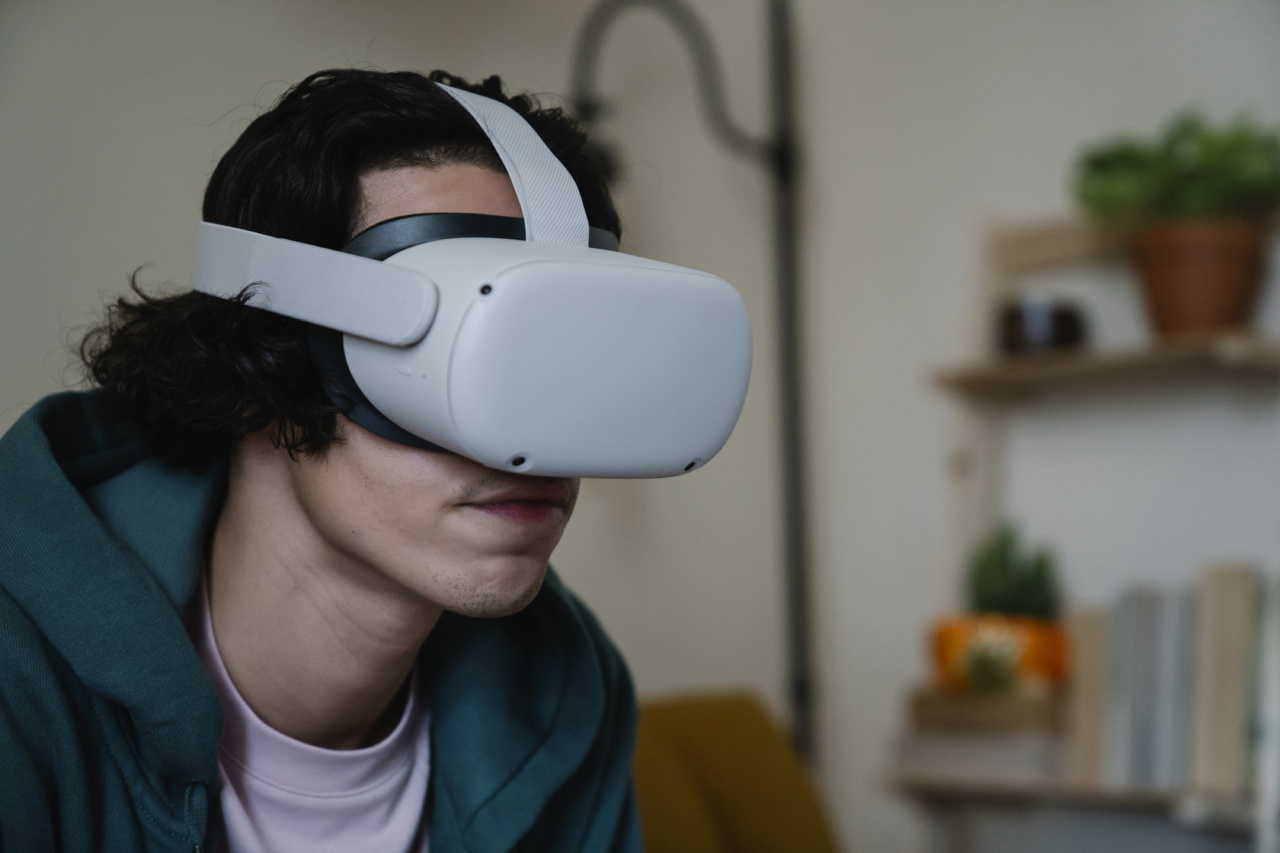In today’s digital age, our lives revolve around screens. From smartphones to tablets, computers to televisions, we are constantly surrounded by screens and immersed in a digital world.
While this technological advancement has undoubtedly brought numerous benefits and conveniences, it has also raised concerns about the impact on our vision and eye health. In this article, we will explore the ways in which our digital lives affect our vision and what steps we can take to mitigate potential harm.
The Rise of Digital Devices
The use of digital devices has seen an exponential rise over the past decade. We spend hours each day scrolling through social media feeds, reading emails, working on computers, and watching online videos.
All of these activities require intense focus and strain on our eyes, leading to a variety of vision-related issues.
Eye Strain and Digital Eye Fatigue
One of the most common problems associated with excessive screen time is eye strain. Staring at screens for extended periods can cause symptoms such as dry eyes, blurred vision, headaches, and eye fatigue.
This condition, known as digital eye strain or computer vision syndrome, affects people of all ages but is particularly prevalent among those who spend long hours in front of screens for work or leisure.
The main culprits behind eye strain are the blue light emitted by screens and the prolonged periods of intense visual concentration.
Blue light, which is prevalent in digital devices, has short wavelengths that scatter more easily, making it difficult for our eyes to focus. Moreover, when we are engrossed in screens, we tend to forget to blink, causing our eyes to become dry and further contributing to eye strain.
Impact on Children’s Vision
Children today are growing up in a world dominated by screens. From using tablets for learning to playing video games, screens have become an integral part of their lives.
However, excessive screen time can have a significant impact on their vision and eye health.
Studies have shown that children who spend several hours per day in front of screens are more likely to develop myopia or nearsightedness.
This is believed to be due to the increased visual demands and the reduced amount of time spent outdoors, which has been linked to a lower risk of developing myopia.
In addition, children may also experience similar symptoms of digital eye strain as adults, including eye fatigue, dry eyes, and headaches.
It is essential for parents to monitor and limit their children’s screen time to ensure healthy vision development.
Preventing Vision Problems
While it may be difficult to completely eliminate our digital lives, there are steps we can take to minimize the impact on our vision:.
1. Take Regular Breaks
Following the 20-20-20 rule can help alleviate eye strain. Every 20 minutes, look at something 20 feet away for 20 seconds to give your eyes a break from intense screen focus.
2. Adjust Display Settings
Adjusting the brightness, contrast, and font size of your devices can help reduce eye strain. Opt for a font size and color that are comfortable for your eyes.
3. Use Proper Lighting
Avoid glare by positioning your screen to reduce reflections from windows or overhead lights. Use curtains or blinds to control lighting conditions in your environment.
4. Blink Frequently
Remind yourself to blink regularly to keep your eyes moist and prevent dryness. Consider using artificial tears or lubricating eye drops if dry eyes persist.
5. Limit Screen Time
Set boundaries for yourself and your family regarding screen time. Create designated screen-free zones and encourage outdoor activities to promote healthy vision development.
Protective Measures
There are also protective measures and technologies available to minimize the impact of our digital lives on our vision:.
1. Blue Light Filters
Blue light filters or blue light-blocking glasses can help reduce the amount of blue light reaching your eyes, thus minimizing eye strain and potential damage. These filters can be applied to computer screens, smartphones, and other devices.
2. Anti-Glare Screens
Consider using anti-glare screens or screen protectors that reduce reflections and glare. These can make it easier to see the screen and help prevent eye strain.
3. Ergonomic Setup
An ergonomic setup for your workspace can promote proper posture and reduce strain on your eyes, neck, and back. Ensure that your monitor is positioned at eye level and that you are sitting at a comfortable distance from the screen.
4. Regular Eye Exams
Schedule regular eye exams with an optometrist to monitor your eye health and detect any vision changes or problems early on. This is particularly important for those who spend significant time in front of screens.
Conclusion
While our digital lives have brought immense benefits and convenience, it is crucial to be aware of the potential impact on our vision and take proactive steps to protect our eye health.
By adopting healthy habits, taking breaks, and using protective measures, we can minimize the risks associated with excessive screen time and enjoy the digital world while maintaining good vision.




























